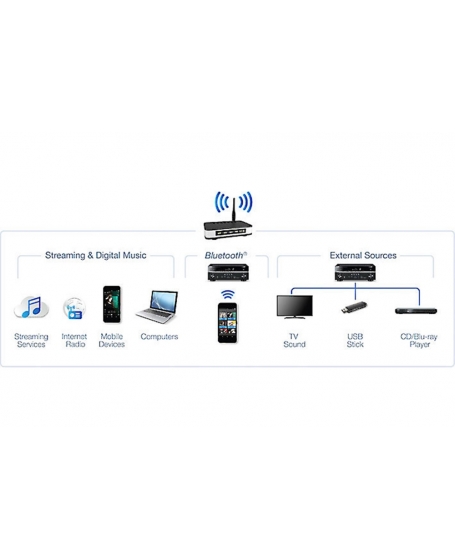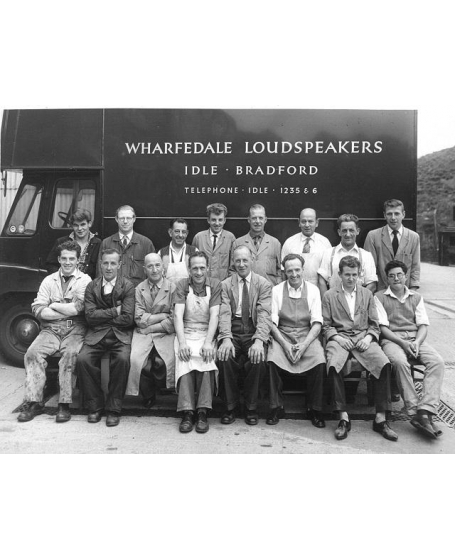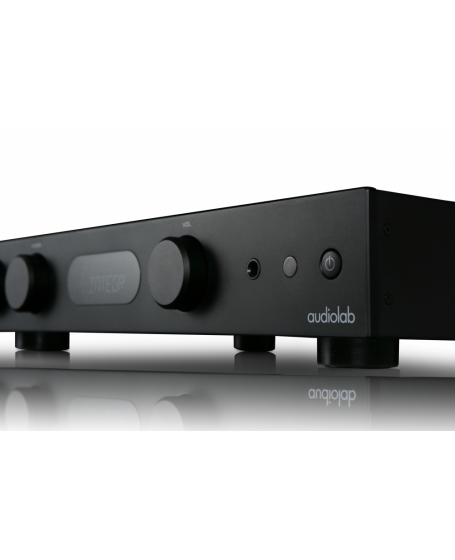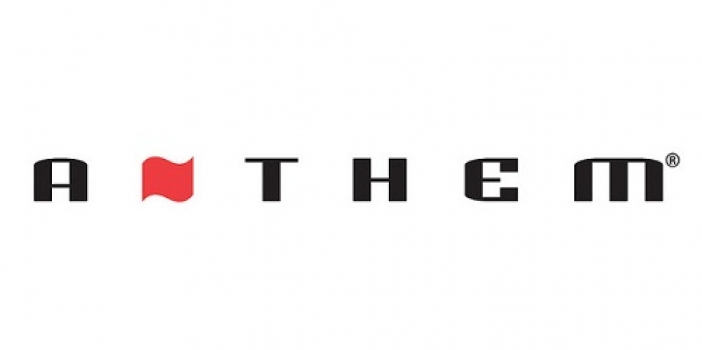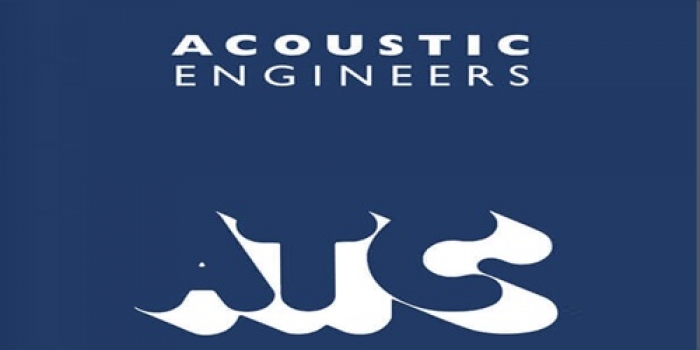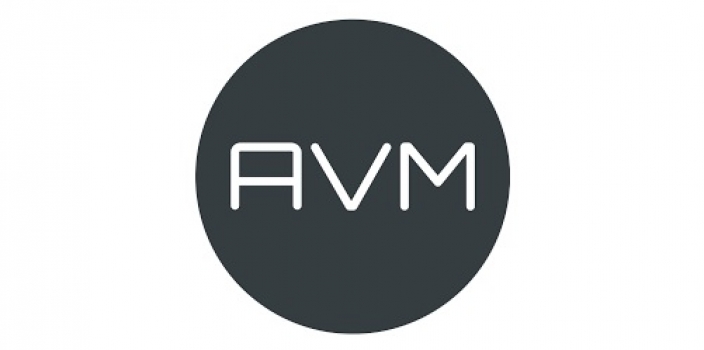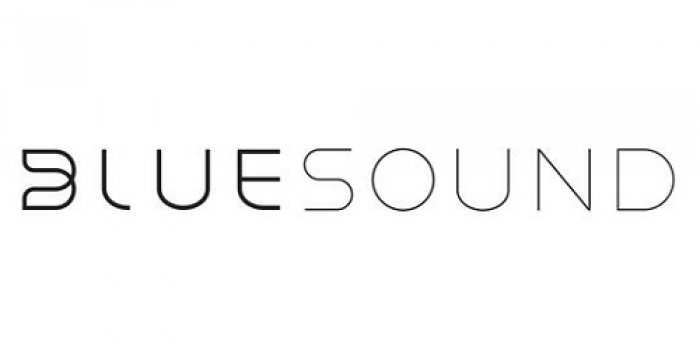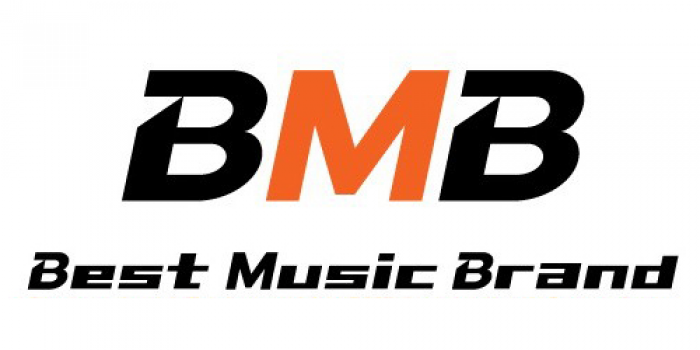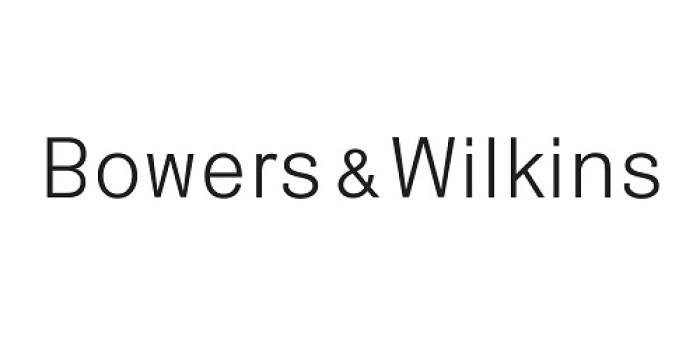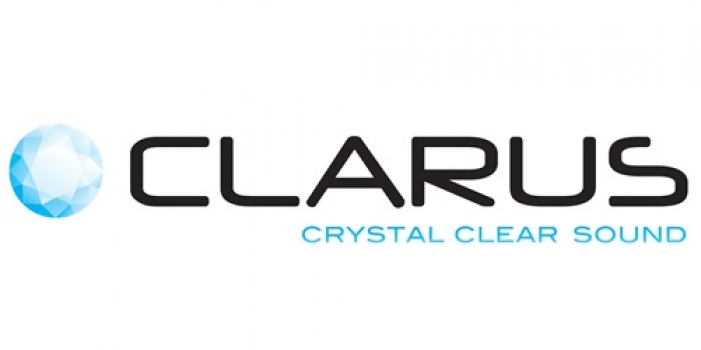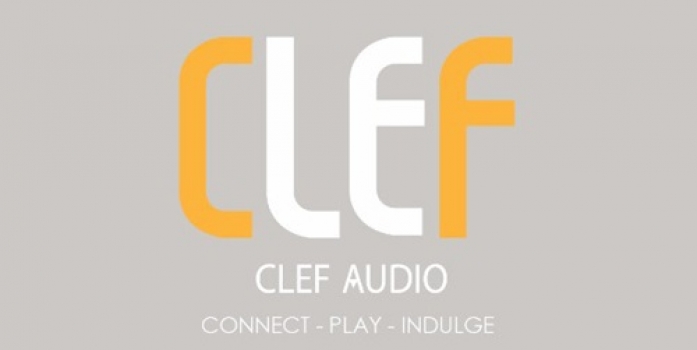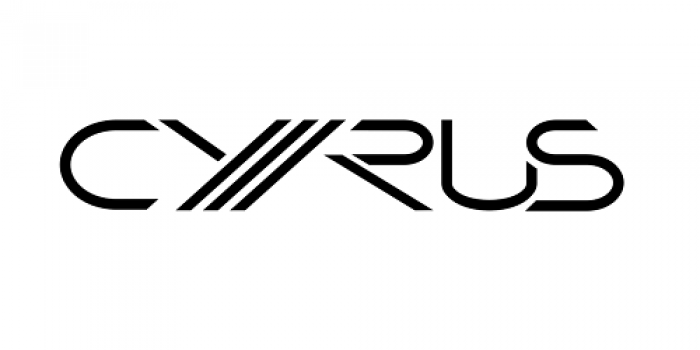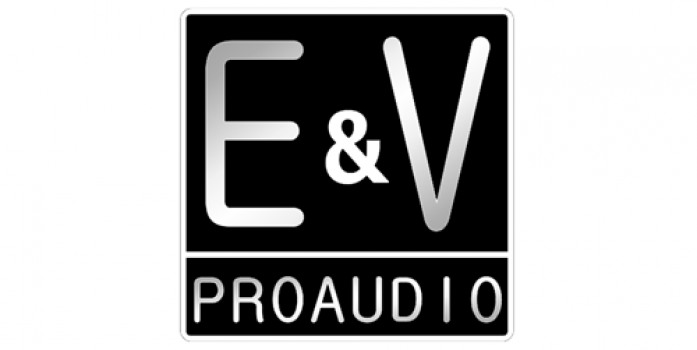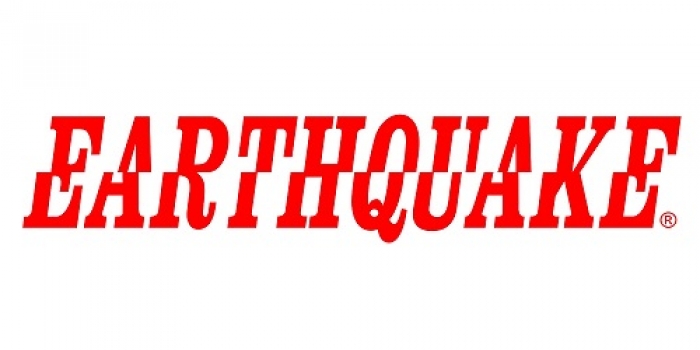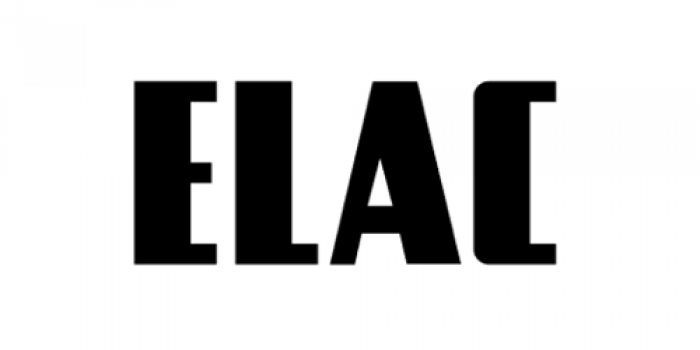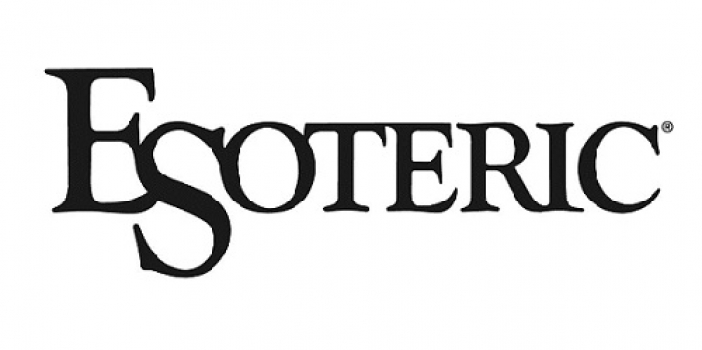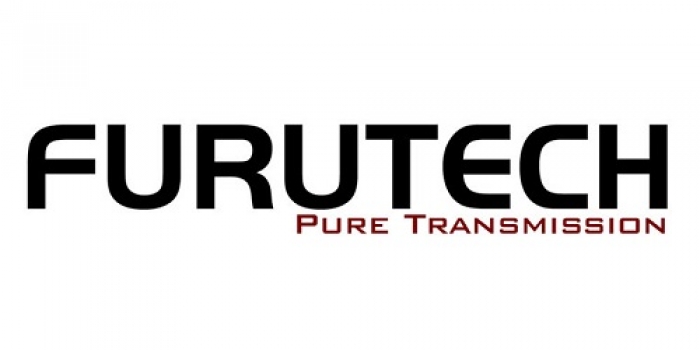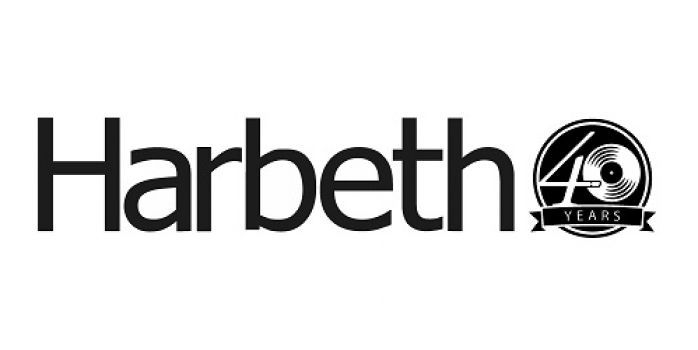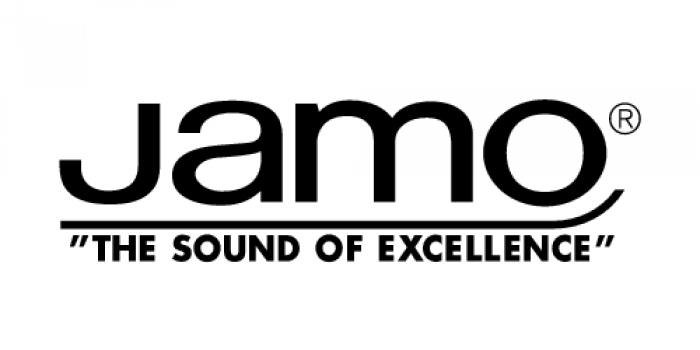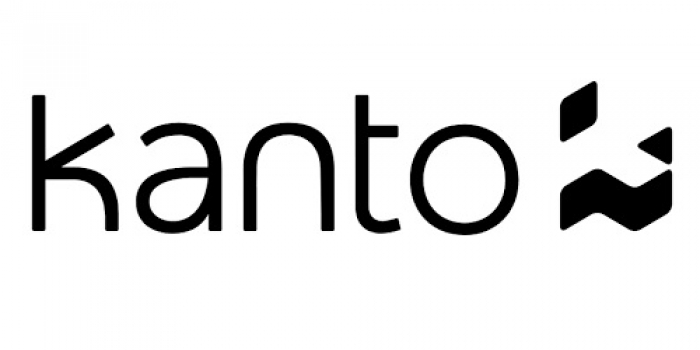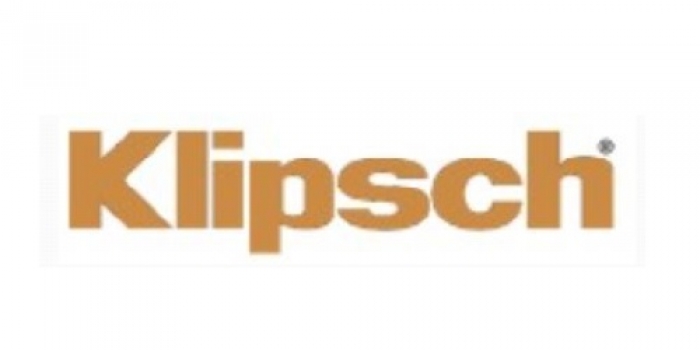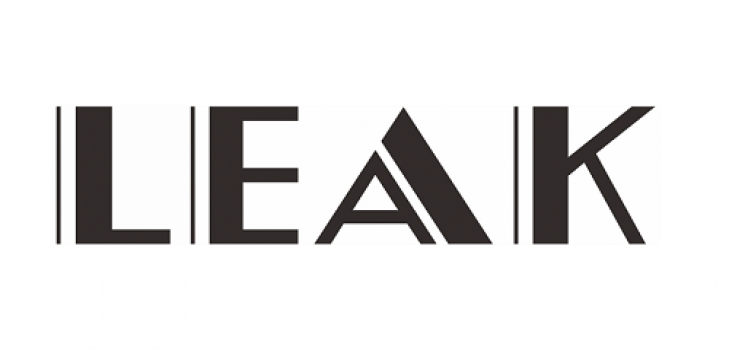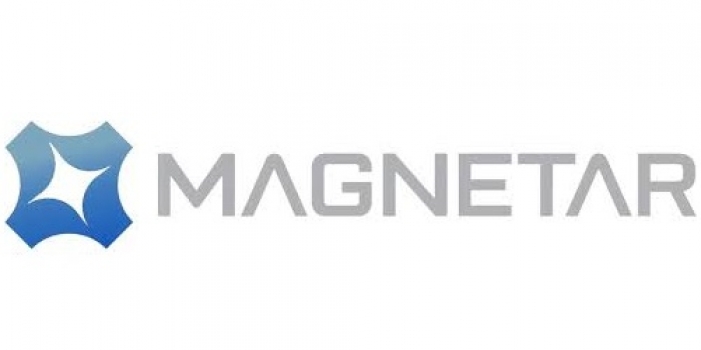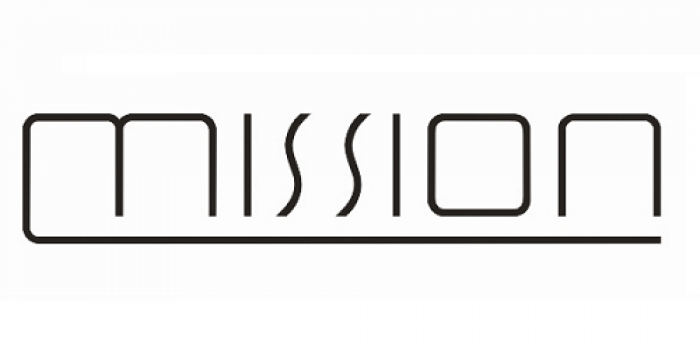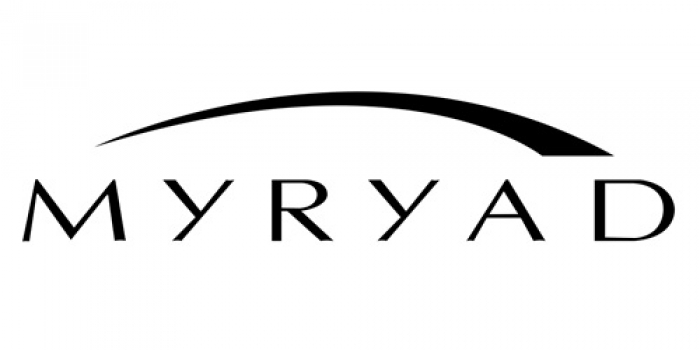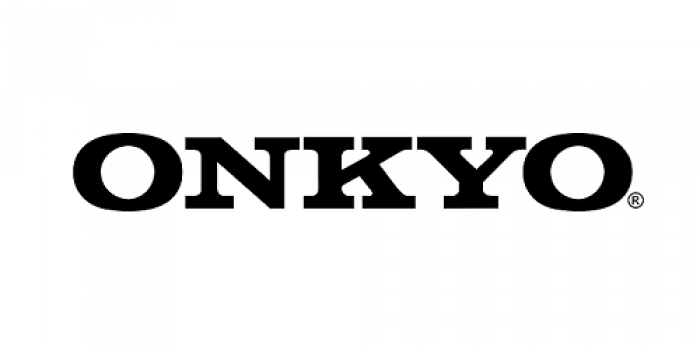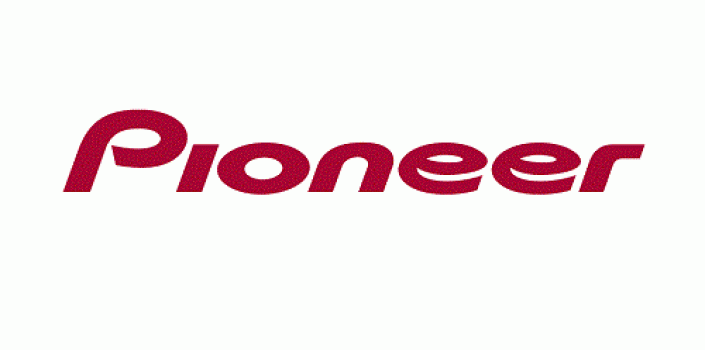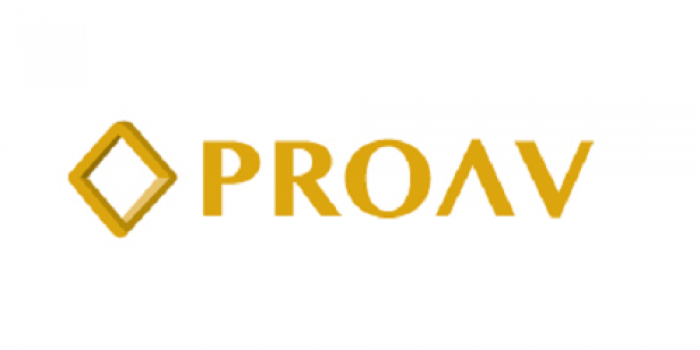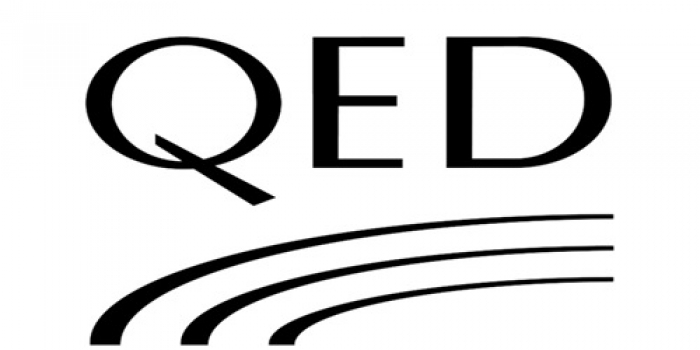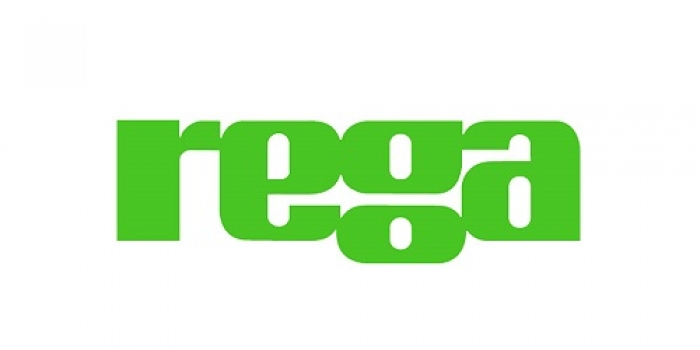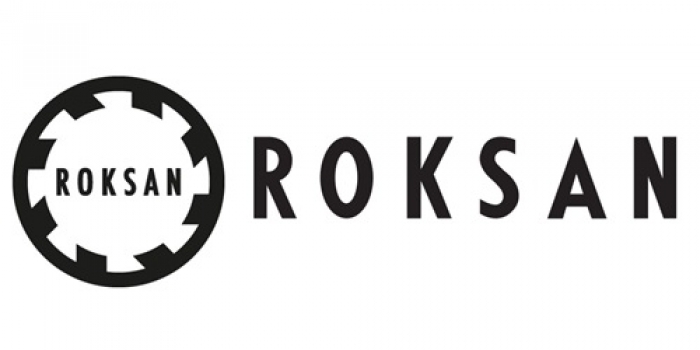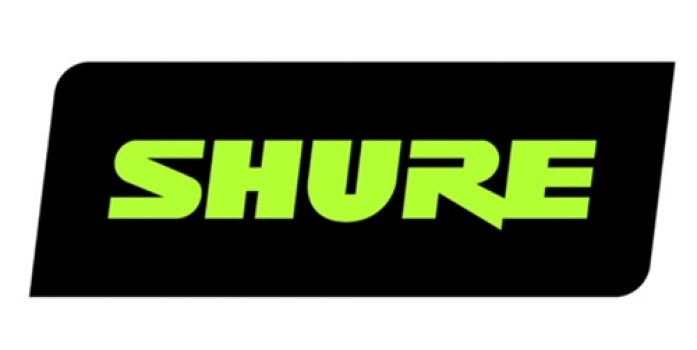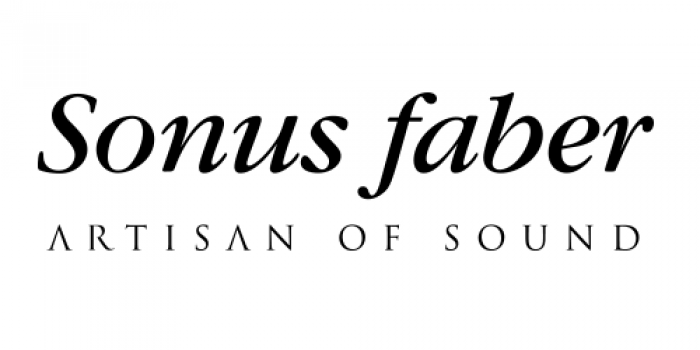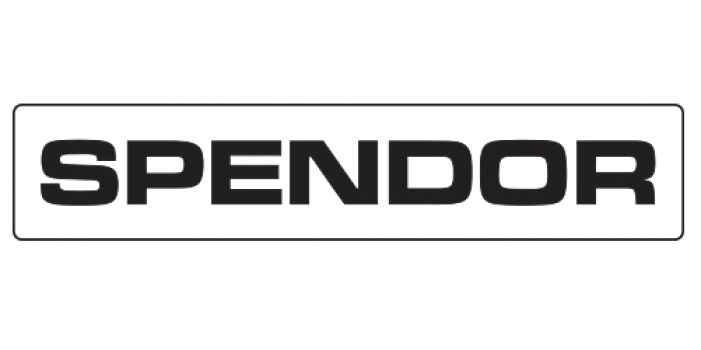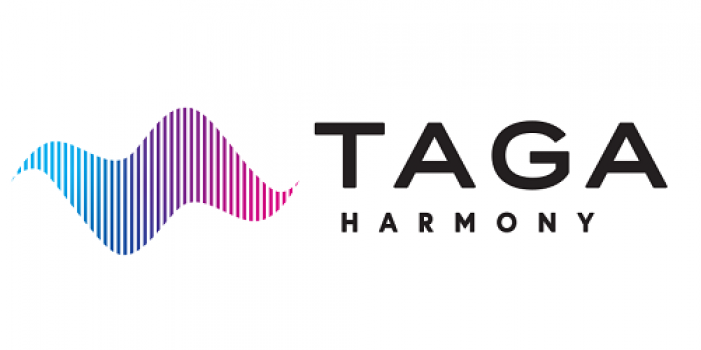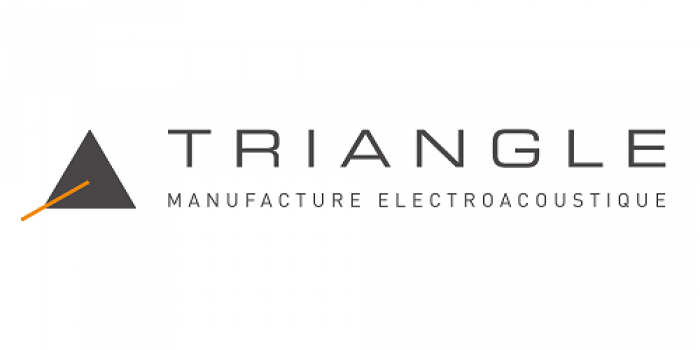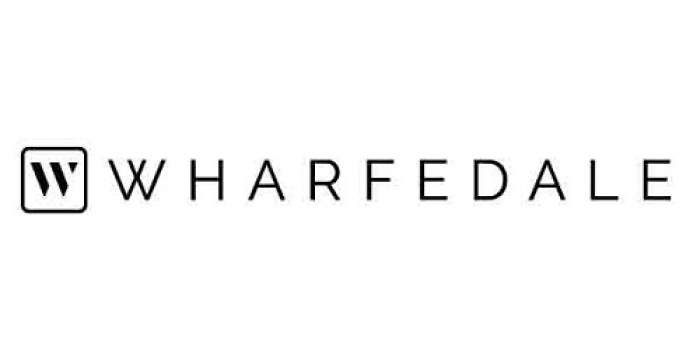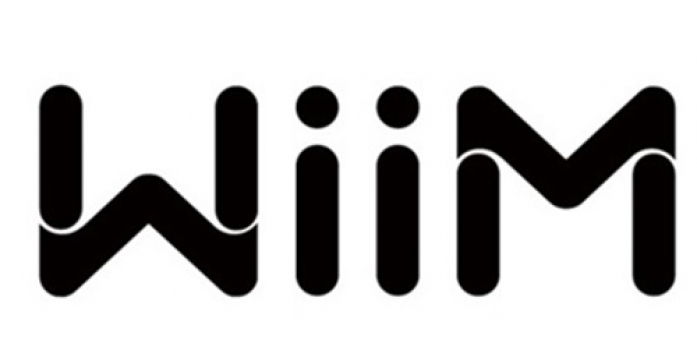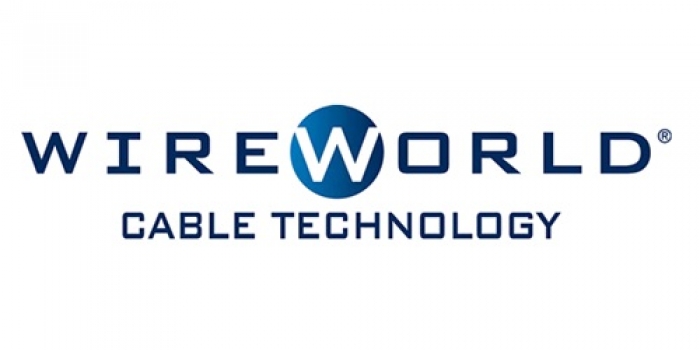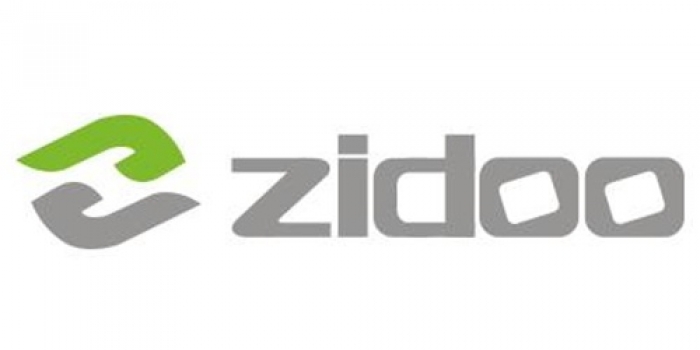Audioquest Coffee HDMI 4K Cable 1Meter - TOOS
SKU: Audioquest Coffee HDMI (1M)Coffee HDMI uses 10% silver-plated solid core conductors, but also introduces AudioQuest's Dielectric-Bias System (DBS, US Pat #s 7,126,055 & 7,872,195 B1). DBS provides a drop in the perceived noise floor and an increase in dynamic contrast, preserving all the subtle nuances and textures of the audio signal.
Coffee
Coffee HDMI uses 10% silver-plated solid core conductors, but also introduces AudioQuest's Dielectric-Bias System (DBS, US Pat #s 7,126,055 & 7,872,195 B1). DBS provides a drop in the perceived noise floor and an increase in dynamic contrast, preserving all the subtle nuances and textures of the audio signal.
FEATURESREVIEWS
SOLID 10% SILVER CONDUCTORS
Solid conductors eliminate strand-interaction distortion and reduce jitter. Solid silver-plated conductors are excellent for very high-frequency applications, like HDMI audio and video. These signals, being such a high frequency, travel almost exclusively on the surface of the conductor. As the surface is made of high-purity silver, the performance is very close to that of a solid silver cable, but priced much closer to solid copper cable. This is an incredibly cost effective way of manufacturing very high-quality HDMI cables.
HARD-CELL FOAM INSULATION
Hard-Cell Foam (HCF) Insulation ensures critical signal-pair geometry. Any solid material adjacent to a conductor is actually part of an imperfect circuit. Wire insulation and circuit board materials all absorb energy. Some of this energy is stored and then released as distortion. Hard-Cell Foam Insulation is similar to the Foamed-PE used in our more affordable Bridges & Falls cables, and is nitrogen-injected to create air pockets. Because nitrogen (like air) does not absorb energy and therefore does not release any energy from or into the conductor, distortion is reduced. In addition, the stiffness of the material allows the cable's conductors to maintain a stable relationship along the cable's full length, producing a stable impedance character and further minimizing distortion.
DIELECTRIC-BIAS SYSTEM WITH RADIO FREQUENCY TRAP
All insulation between two or more conductors is also a dielectric whose properties will affect the integrity of the signal. When the dielectric is unbiased, dielectric-involvement (absorption and non-linear release of energy) causes different amounts of time delay (phase shift) for different frequencies and energy levels, which is a real problem for very time-sensitive multi-octave audio. The inclusion of an RF Trap (developed for AudioQuest’s Niagara Series of power products), ensures that radio frequency noise will not be induced into the signal conductors from the DBS field elements. (DBS, US Pat #s 7,126,055 & 7,872,195 B1)
HIGH SPEED DATA CAPACITY
HDMI standards and capabilities have improved significantly since DVI first evolved into HDMI. All generations are backward compatible. However, not all previous HDMI cables can transmit the full 18Gbps of data required to optimize today’s HDMI 2.0 equipment. While there is currently no 4K/60 4:4:4 software requiring the full 18Gbps capability of HDMI, some sources (UHD Blu-ray players) can be set to “up-sample”, requiring 18Gbps capability. Up-sampling often should be done in the TV rather than in a previous component — but that’s your decision. AudioQuest HDMI cables with "Exceeds 18 G bps" on the box front are guaranteed to exceed the requirements for all possible HDMI data streams.
CARBON-BASED 3-LAYER NOISE-DISSIPATION SYSTEM (NDS)
It's easy to accomplish 100% shield coverage. Preventing captured Radio Frequency Interference (RFI) from modulating the equipment's ground reference requires AQ's Noise-Dissipation System (NDS). Traditional shield systems typically absorb and then drain noise/RF energy to component ground, modulating and distorting the critical "reference" ground plane, which in turn causes a distortion of the signal. NDS's alternating layers of metal and carbon-loaded synthetics "shield the shield," absorbing and reflecting most of this noise/RF energy before it reaches the layer attached to ground.


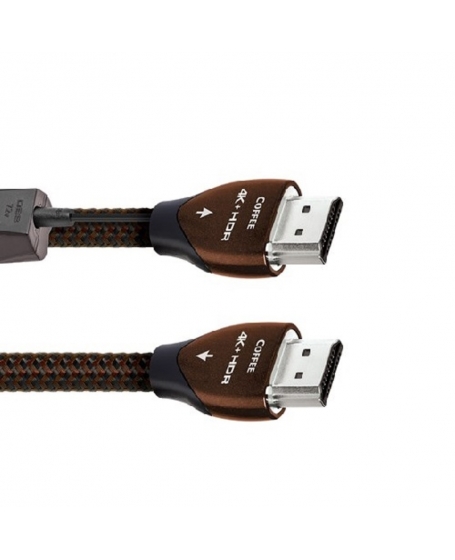


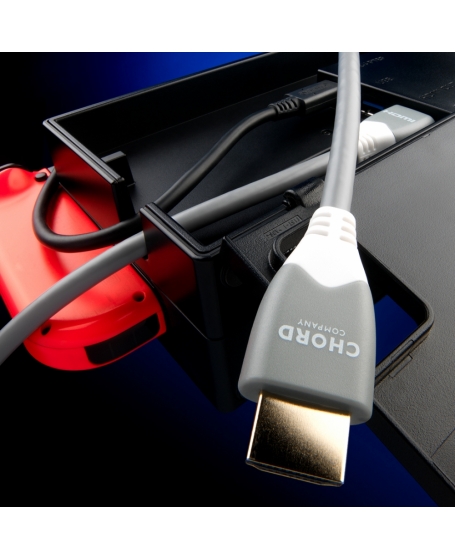
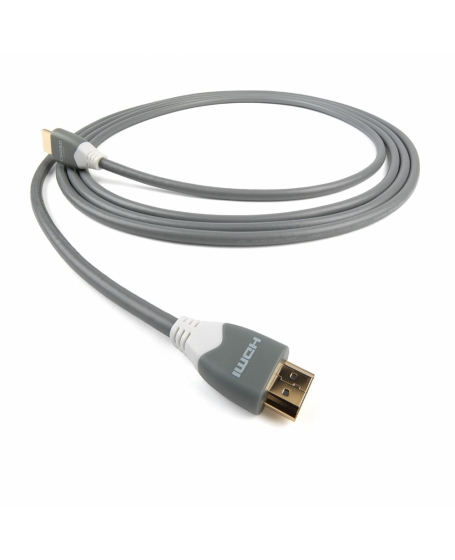






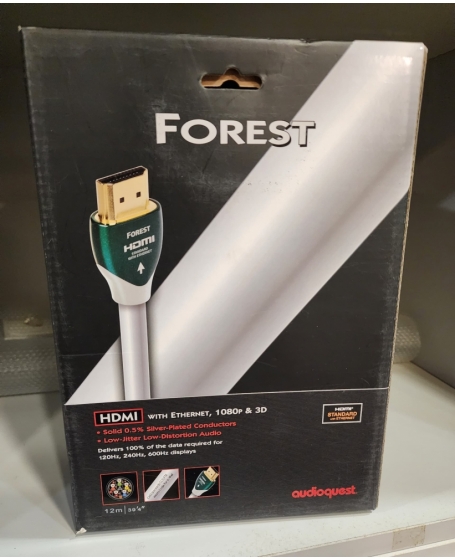

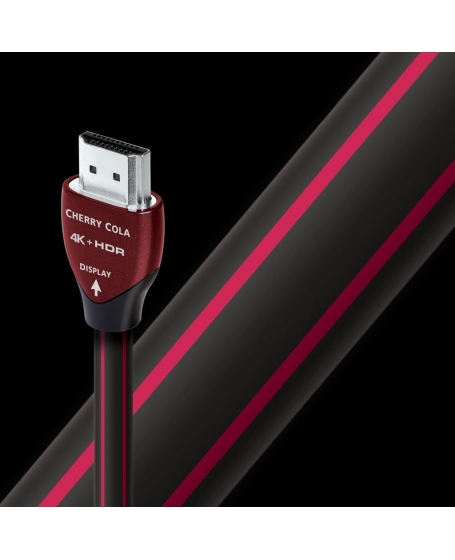

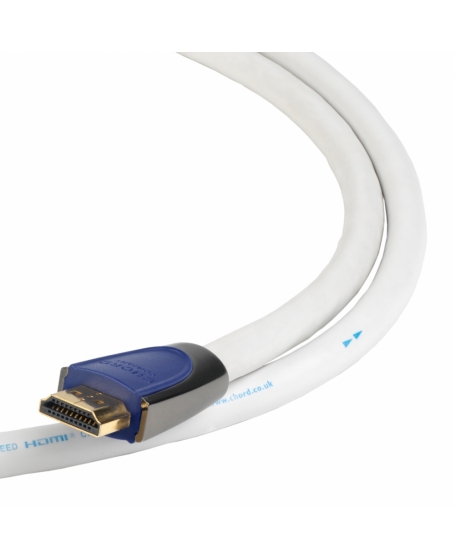


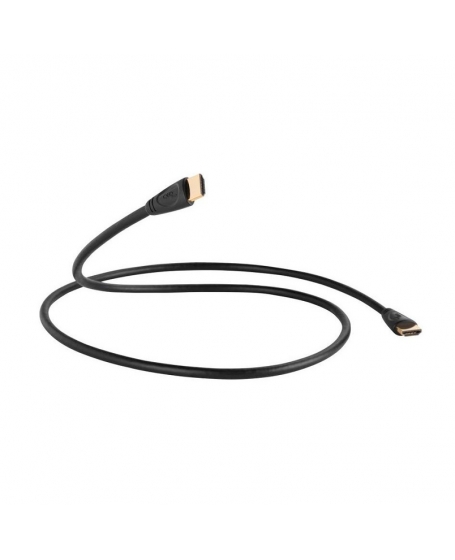
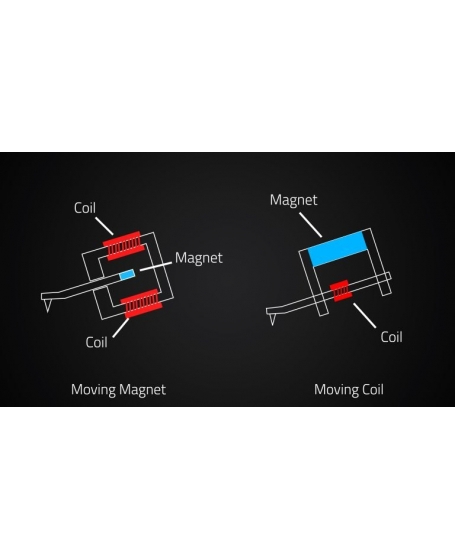


.jpg)




